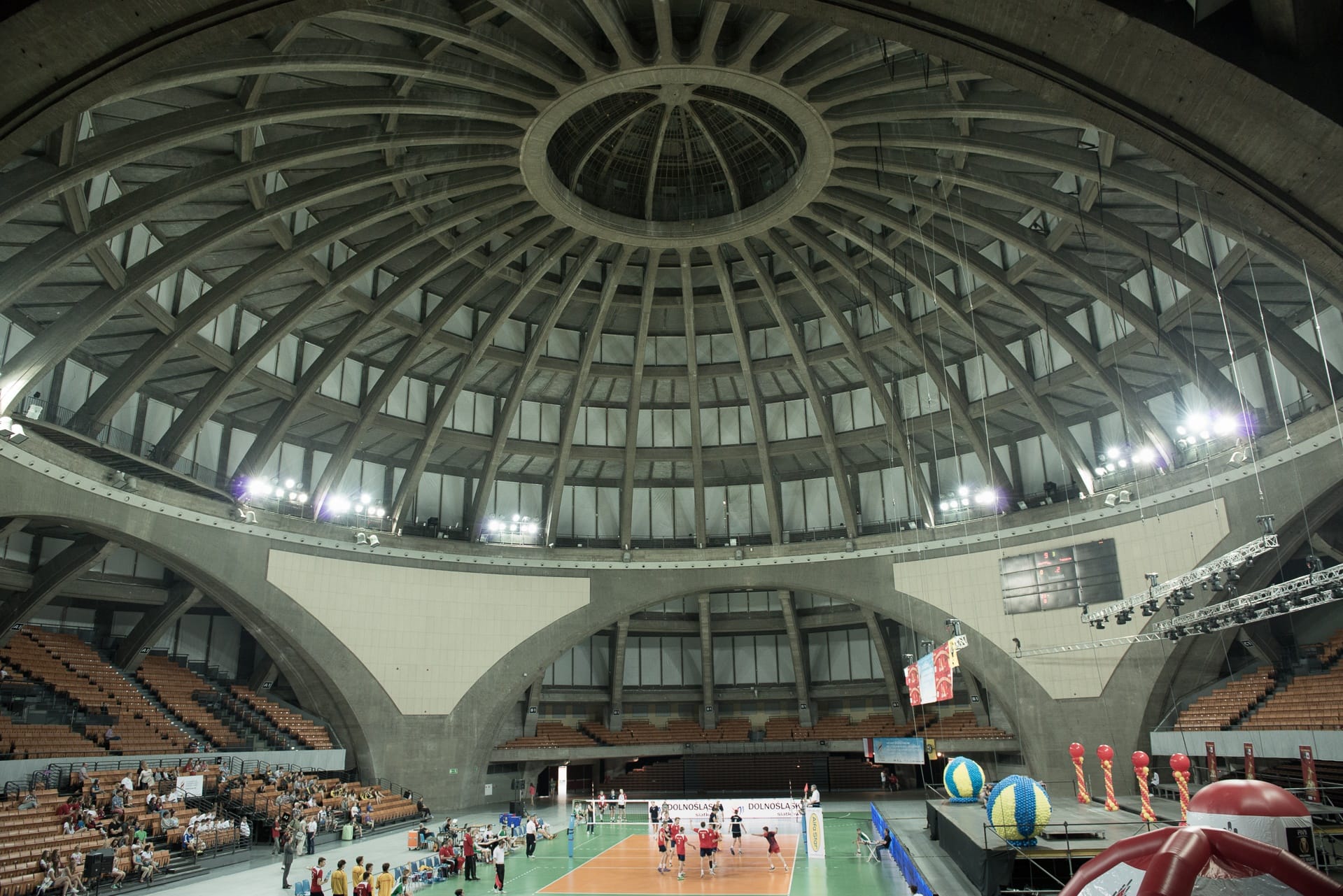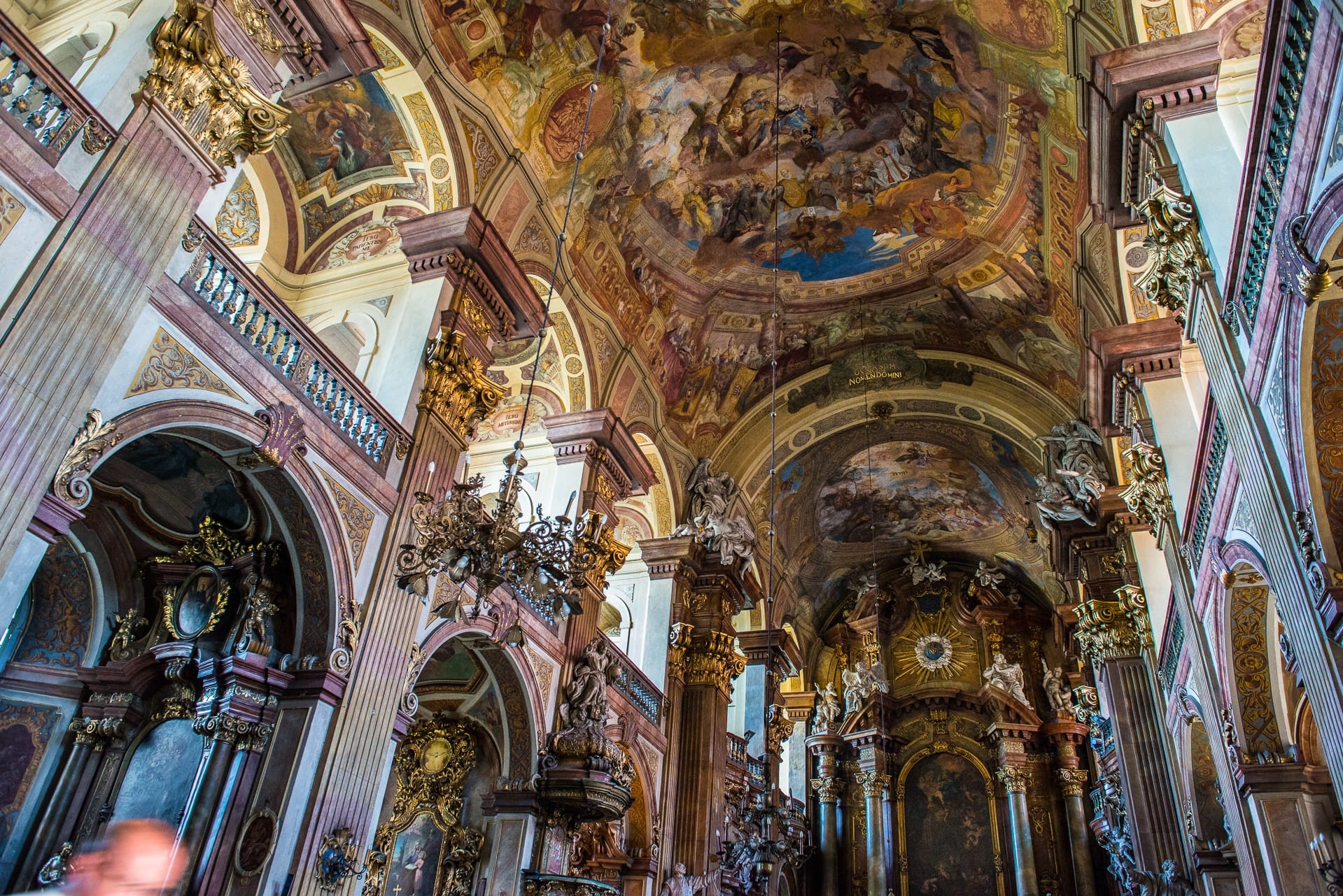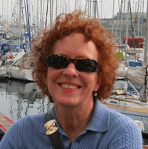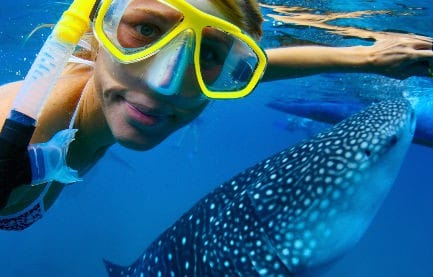Contributed by guest author Kristin Henning of Travel Past 50
Wrocław, Poland, 2016 Capital of Culture
In the conclusion of our Capitals of Culture series, we take you to next year’s choice: Wrocław, Poland. Full of charm and history, this European city is a good destination for everyone from beer lovers to architecture enthusiasts.
Wrocław is a cool town that was once the center of merchant life in Europe, a capital of the Hanseatic League, and an important intersection of trade routes. Historically, Wrocław has been a rich town with lots of international involvement. Now it’s showing off its baroque and medieval monuments with fresh pride, thanks to preparations for its Capital of Culture year.
Wrocław (pronounced Vrots-wov) is a hip, even nerdy, town. Its tech community promises to build playful apps to help guide visitors around the city’s landmarks. New and renovated venues include a roller skating hall, a music theater, and a hometown brewery. The local beer is called Browar Stu Mostów, The Brewery Of A Hundred Bridges. In 2017, the city is slated to host The World Games, the international competition for sports not included in the Olympic Games. Beer, music, parks and bike paths, and quirky sports: What’s not to like?
Sightseeing in Wrocław will inevitably include three areas. The Old Town (Stare Maistro) with its large, colorful Market Square is one of Europe’s finest destinations. Since the Old Town is surrounded by branches of the Odra (Oder) River, visitors will find plenty of bridges, parks, islands and river walks integral to Wrocław’s scene.
The second popular area surrounds the historic Cathedral Island (Ostrow Tumski), which is approached via the picturesque iron Tumski bridge and is the site of the city’s earliest settlements. From medieval times onward, the island has been used primarily by the Catholic Church. Few cars, cobblestone streets, and the separation from the main city make this a tranquil place to stroll. Visitors can also migrate toward the Cathedral of St. John the Baptist, Church of the Holy Cross, the Wrocław Archdiocese, and botanical gardens.
Not part of the Cathedral Island, but definitely worth bonus tourist points, is the University Church of the Blessed Name of Jesus, widely regarded as one of the most beautiful baroque churches in Central Europe. It was built by the Jesuits as part of the Wrocław University complex in the late 17th Century.
The third site, Centennial Hall, is the city’s only UNESCO World Heritage site. The structure is a reinforced concrete monstrosity built in 1903 to display Poland’s muscle in the region. It is also the site of an infamous Hitler rally, a visit by Pope John Paul II, and an architectural feat that has survived two World Wars. The grounds have been improved and the entire complex has been dressed up for the coming Capital of Culture year.
Our exclusive travel tidbit: We bused from Krakow to Wrocław (about 3 1/2 hours), but Wrocław is easy to get to from all over Europe and the Middle East. As of this summer, there are sixty cities with connecting flights into Wrocław.
Kristin Henning and Tom Bartel are the former owners and publishers of City Pages, Minnesota Parent Magazine, and The Rake Magazine in Minneapolis/St. Paul. They have been on the road more or less non-stop since 2010. So far, they’ve been to over 50 countries and visited more than 25 European Capitals of Culture. They blog about their travels, and you can find them on Facebook, Twitter, Instagram or Pinterest at @travelpast50.






